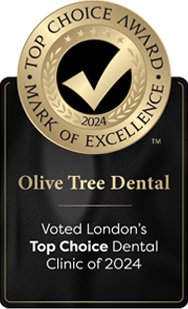Wisdom teeth, also known as third molars, are the large teeth at the back of your mouth that typically emerge between the ages of 17 and 25. The process of their eruption can be quite painful, and if you or someone you know has gone through it, you’ve likely heard stories of the discomfort.
While many people suggest immediately getting wisdom teeth removed as a solution, it might not be a practical option for everyone. In such cases, alternative remedies can be explored to alleviate the pain. This article will delve into the details regarding wisdom teeth removal, treatment methods, and natural home remedies that can provide relief from wisdom tooth pain.
How Does Infection Occur?
Wisdom teeth are prone to infections because they are challenging to clean thoroughly. The space between these molars and the back of your mouth can be easily overlooked during brushing and flossing. This, as a result, leads to trapped food and bacteria.
When a wisdom tooth is impacted, it may not grow through the gums correctly and may potentially emerge at an angle or sideways. A partially impacted wisdom tooth is particularly susceptible to infections due to its shape and positioning. This maximizes the chances of tooth decay. Tooth infections occur when an excess of bacteria creates holes in the hard outer enamel layer.
Various bacteria can contribute to infections around wisdom teeth, and in rare cases, these infections can spread to other areas of the mouth and head. Some types of bacteria that may lead to tooth infections include Streptococcus, Actinomyces, Peptostreptococcus, Prevotella, Fusobacterium, and Aggregatibacter.
Treatments Methods
If you have an infection in your wisdom tooth, it’s crucial to take antibiotics to promote healing and prevent the spread of bacteria. Commonly prescribed antibiotics include penicillin, amoxicillin, metronidazole, clindamycin, and erythromycin.
Additionally, for pain management before and after addressing the infection, they may recommend medications such as ibuprofen, lornoxicam, acetaminophen, or aspirin. It’s essential to follow your healthcare professional’s guidance for a comprehensive approach to treating and alleviating discomfort associated with a wisdom tooth infection. If these treatments don’t work, your dental care professional may explore other methods:
1. Medication
To address an infection in a wisdom tooth, it is often necessary to take antibiotics to promote healing and prevent the spread of bacteria. It is recommended to start the antibiotic course at least a week before any dental procedure involving the affected tooth, such as repair or extraction. Commonly prescribed antibiotics for dental infections include penicillin, amoxicillin, metronidazole, clindamycin, and erythromycin.
In addition to antibiotics, your dentist or doctor may advise the use of pain medication to manage discomfort both before and after addressing the wisdom tooth infection. Commonly recommended pain relievers include ibuprofen, lornoxicam, acetaminophen, and aspirin. It’s crucial to follow your healthcare professional’s instructions regarding the dosage and timing of these medications to ensure effective pain management while undergoing dental treatment.
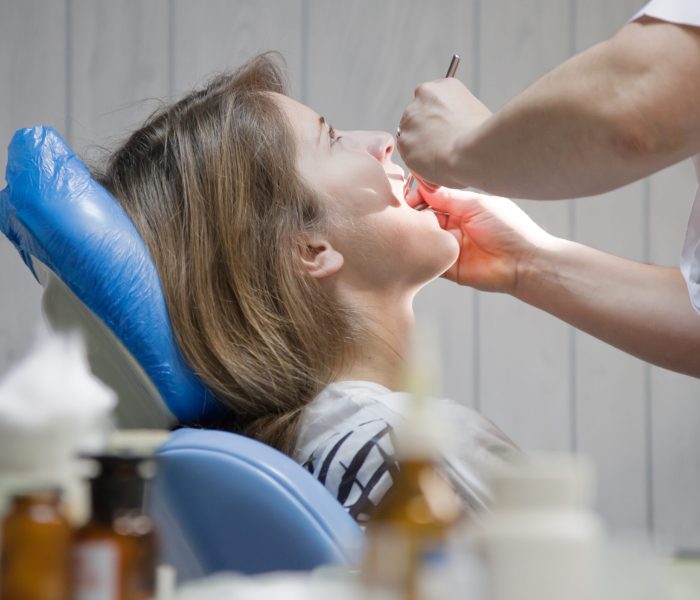
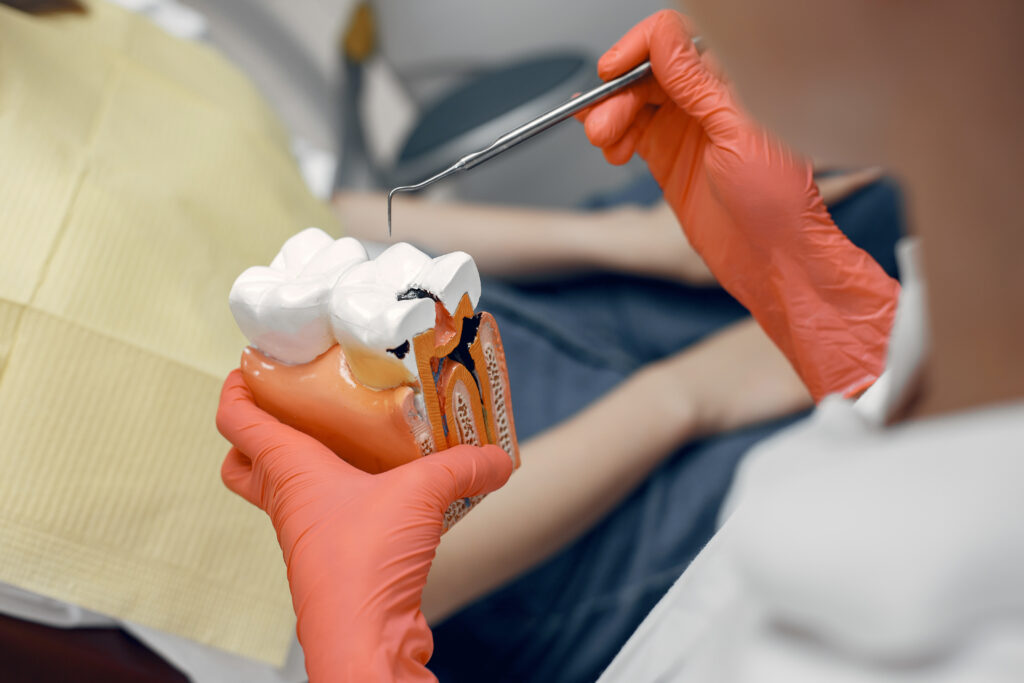
2. Repair
You should visit your dentist for the repair or removal of the affected wisdom tooth. Repairing a cavity in a wisdom tooth is a standard procedure akin to addressing issues in other teeth. Depending on the extent of the damage, your dentist may recommend a filling or crown.
In some cases, your dentist might opt to file down the top or sides of the tooth. This not only smoothes out any rough or bumpy edges that could trap food and bacteria but also helps alleviate crowding issues by making the tooth slightly smaller. The major goal of this treatment is to restore the health and functionality of the tooth. This will ensure your overall oral well-being.
3. Removal
If your wisdom tooth is severely damaged, your dentist might need to take it out either entirely or partially. Dental surgery could be necessary if the wisdom tooth is causing an infection due to being impacted. Moreover, removing impacted wisdom teeth can also be done to prevent potential future infections.
To assist the growth of an impacted wisdom tooth, your dentist might remove gum tissue from its top. Another option is a dental procedure known as a coronectomy, where only the top part of the wisdom tooth is removed. This approach aims to protect the tooth roots, nerves, and the jawbone surrounding the tooth.
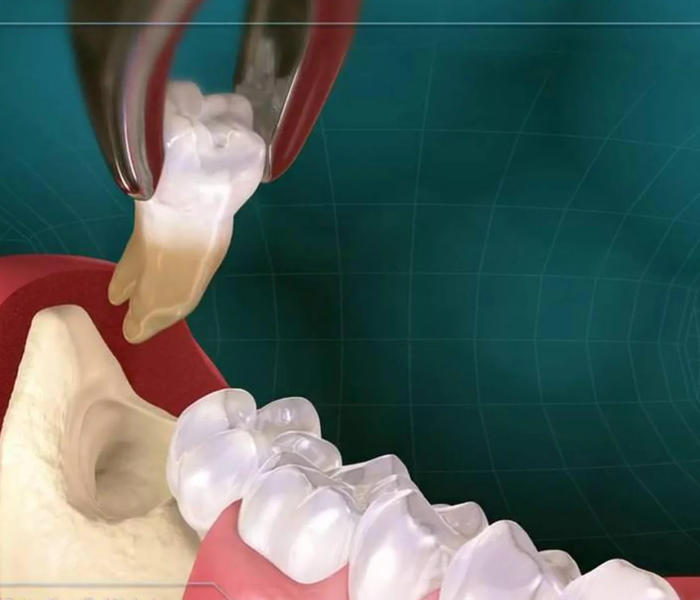
Home Remedies
While home remedies can’t fully cure a wisdom tooth infection, there are some simple treatments that may provide temporary relief from the pain and discomfort. If you have to wait to see your dentist, consider trying these remedies.
1. Salt Water Rinse
If you seek advice from your dentist or any oral expert on a natural remedy for wisdom toothaches, the first thing they’ll likely recommend is a saltwater rinse. It is not only one of the most effective methods for relieving wisdom tooth pain, but it’s also incredibly simple.
Gargling warm salt water around your teeth and gums helps eliminate harmful mouth bacteria and supports gum health. Occasionally, when wisdom teeth emerge, they may lead to the formation of cysts or damage neighboring teeth. Therefore, maintaining a mouth free of harmful bacteria is crucial for the well-being of your teeth.


2. Cold and Heat Therapy
In order to ease the pain, swelling, and tenderness in the affected area, consider using a cold compress. You can easily purchase an ice pack from a drugstore or create one at home by wrapping ice in a towel or plastic bag. Applying the cold pack will numb the area and alleviate discomfort from wisdom teeth pain. Alternatively, you can find relief by using a heating pad. Heat application helps release tension and improves blood flow. This, in turn, speeds up the recovery process.
Apply the hot or cold compress for about 15 minutes, then allow the same amount of time before reapplying. It is recommended to conclude the treatment with cold therapy as the final step.
3. Crushed Garlic and Ginger
In a study from 2016 that explored natural remedies, crushed garlic emerged as a potent agent against pathogens that can invade and infect the gum line. If you make a paste by combining crushed garlic with fresh ginger, it will further enhance its effectiveness.
Simply crush raw garlic to create a paste and then mix it with chopped ginger. Apply this paste to your gums for a beneficial effect.
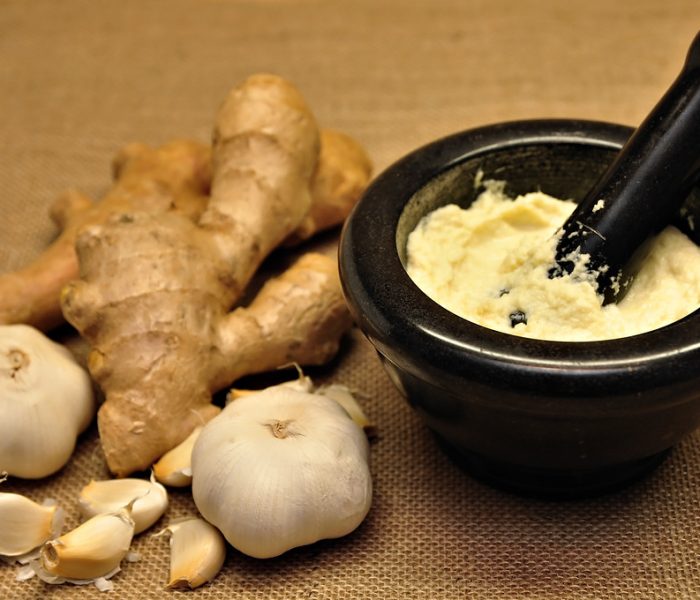
Wrapping Up
Managing wisdom tooth pain, particularly when accompanied by infections, requires a comprehensive approach. Antibiotics are crucial to address the infection, and pain medications aid in discomfort management.
However, in some cases, dental repair or removal becomes necessary post-infection. Its procedures typically range from fillings to extractions, depending on the severity. Home remedies like saltwater rinses and cold or heat therapy offer temporary relief. Notably, the natural combination of crushed garlic and ginger also presents a promising alternative. Nevertheless, consulting with healthcare professionals remains essential for an effective, tailored treatment plan. That will ensure optimal oral health and well-being.


